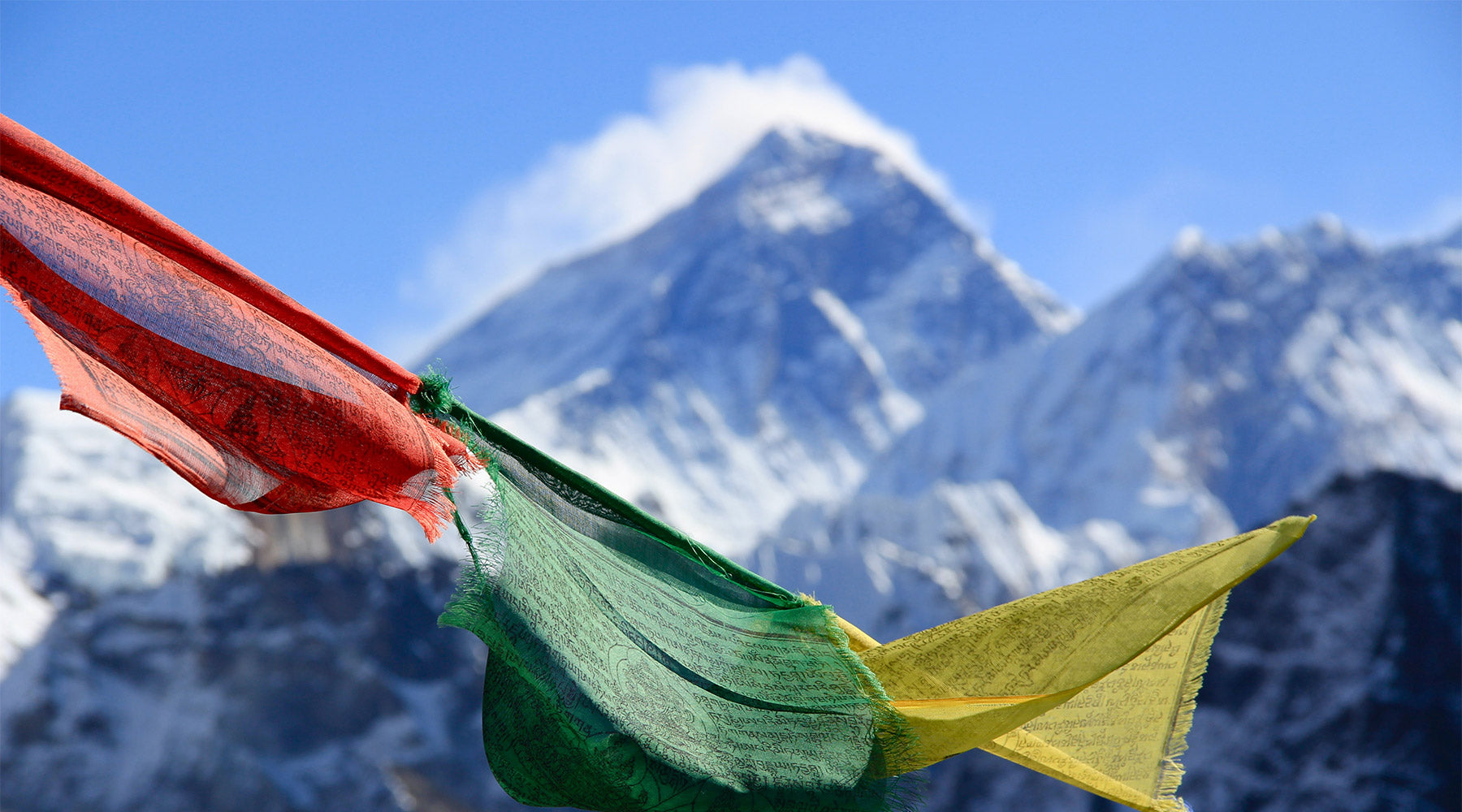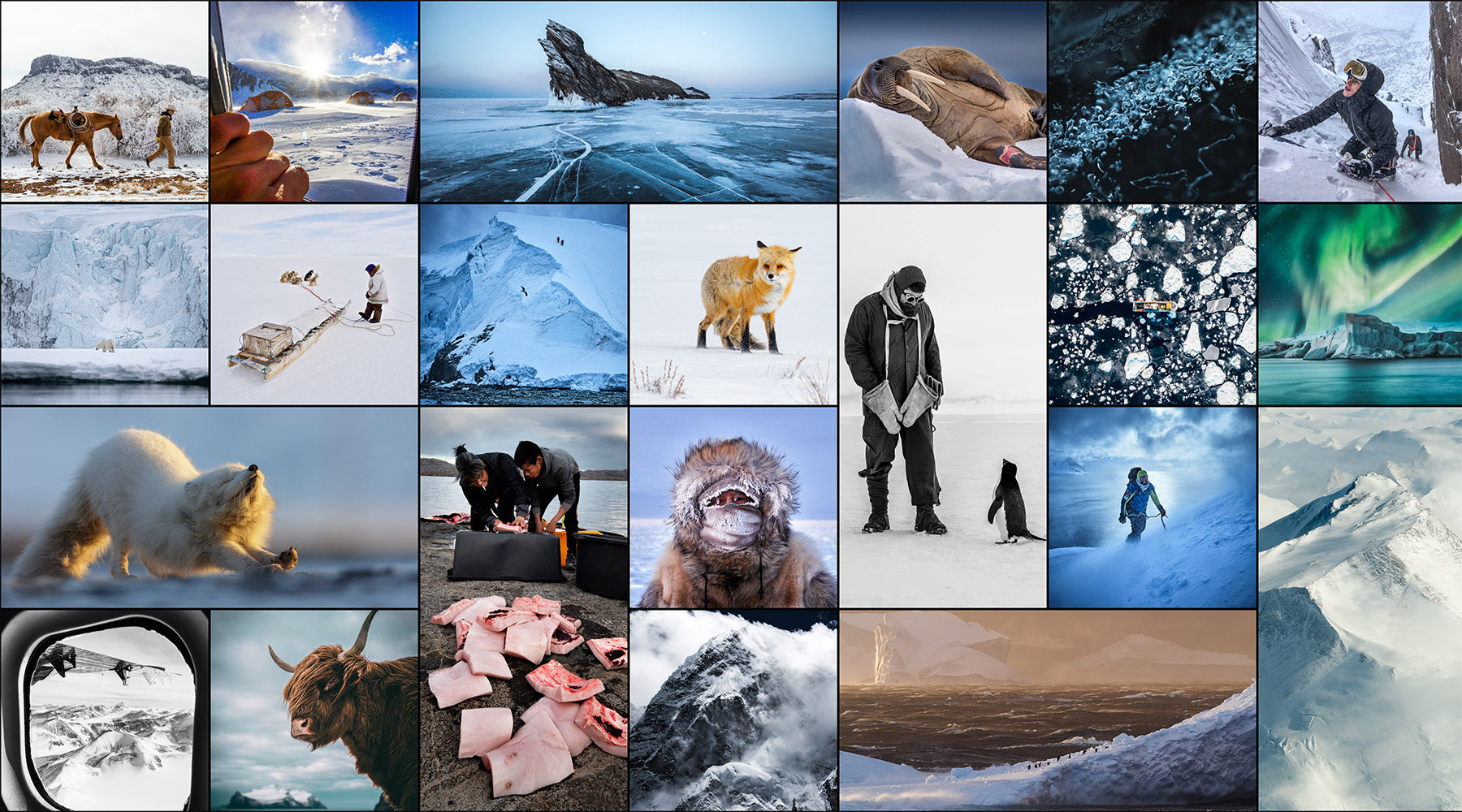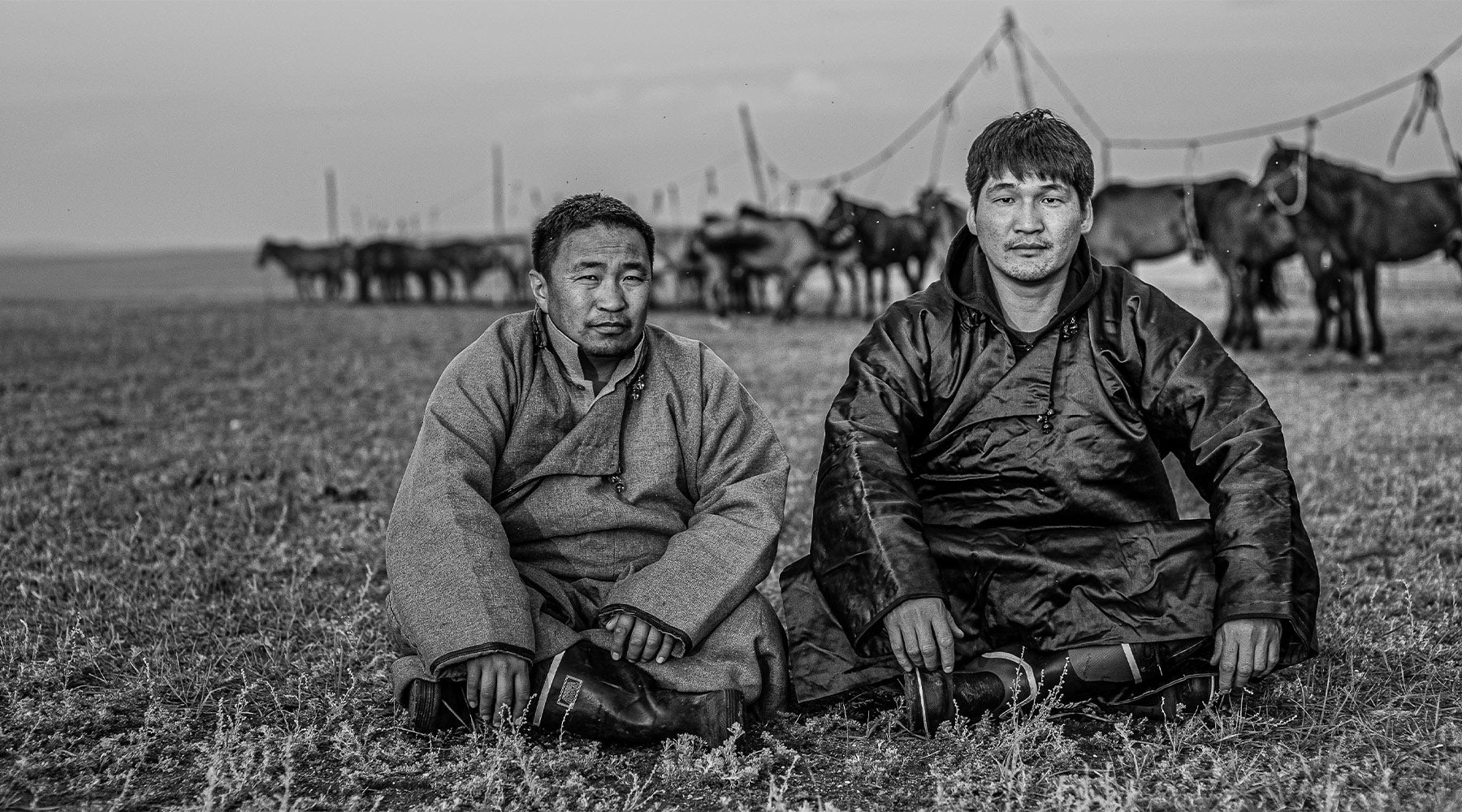
Shackleton on Everest: Preparation
As our Director of Special Projects, Dan Dowding, prepares to climb Mount Everest this spring, he shares the motivation behind the expedition and his unorthodox training in lockdown.
My fascination with Everest reaches back as long as I can remember. The golden age of exploration was deep-rooted in the culture of my very first school – the two houses were named after the famous Norwegian and Danish explorers; Amundsen and Bering, and the boarding rooms and classrooms were named after great ships such as Discovery and Terra Nova. I learned all about the heroic adventures of the likes of Scott, Amundsen, Bering and Shackleton at a young age, the purpose of which was to ignite and encourage our own sense of exploration and inquiry, the importance of well thought out risk, and to not be afraid of failing through taking risks, but to learn from them.
For some reason the exploits of George Mallory in his attempts to conquer the world’s highest mountain, leading to his sad demise alongside Andrew Irvine, and the story of Edmund Hillary and Tenzing Norgay successfully summiting on 29th May 1953, were ones that really gripped me.
Everest and the Himalayas were so distant and extreme to a seven-year-old, to the point that it seemed like these men had attempted and then achieved something impossible.
Over the following years, as my interest in mountaineering grew, I met people who had successfully summited Everest – they were always encouraging, and made the idea real for me, but still some way off. My interest took a back seat as I went to work in London, however years later, the urge returned and I decided to dedicate time to learning how to climb properly and test myself on more and more challenging peaks, to the extent that I eventually left my 23-year city career so I was free to go on longer expeditions.
That was about five years ago and I’ve since clocked up many hours in the Alps, Himalayas and Andes (that's me on the left, below). I’ve loved every minute in the mountains, dwarfed by the landscape and at the mercy of the elements. These expeditions – climbing and training with some of the finest living alpinists – have now led me to Everest, my childhood dream, with my flight set to leave for Kathmandu on 31st March.

Training for this upcoming Everest climb has been a little different to the norm. Where usually I’d have been in the mountains, furthering my physical and mental knowledge in preparation for pressures exerted on the mind and body at 8000m, the global pandemic thwarted that, so I’ve had to come up with some more creative methods of training during lockdown: six-hour ‘climbing’ sessions up and down the three flights of stairs at home with a 16kg kettle bell in my backpack; long and mind-numbing rides on the turbo trainer (made more bearable watching Everest documentaries on YouTube, Netflix and Amazon Prime); stepping up and down on a chair in one room for hours on end; and in an effort to train some of the more technical aspects, I’ve set up a long aluminium ladder between two wooden crates (about a metre high) in the garden to practice the crevasse crossings that I will face in the Khumbu Icefall. My neighbours probably think I’m a bit odd walking across a ladder ‘roped up’ in a summit suit, climbing harness, 8000-metre mountaineering boots and crampons, but needs must…
Physically I know I’m fine. Generally, mentally, I’m fine too – I can cope with hardship and the uncertainty. The nerves I have are more to do with the technical side of things – Everest isn’t a massively technical mountain, but I won’t have been on a challenging mountain for 15 months when I take that first step onto the Icefall. Having said that, I’ve got five days in quarantine when I land, so I’ll just practice making my cows tails, prussik loops and other safety knots in a piece of climbing rope relentlessly.
Given the difficulties in travel and the lack of activity in the Himalayas over the past year, I feel massively privileged to be among the smaller than usual group of climbers heading to basecamp in April.
That privilege is bolstered further by the fact that I’m climbing with my friends and mountain mentors, Nirmal Purja (Nims) and Mingma David Sherpa, who recently made headlines around the world for the first successful winter ascent of K2. In addition to climbing with Nims and Mingma, I can’t wait to be in the mountains with the team of brilliant Sherpas. These highly skilled men know how to react in pretty much any situation; they are hard as nails, calm, friendly, and extremely motivational. A joy to be around.
I’ll be wearing a bespoke 800-fill Shackleton down jacket most of the time when the temperature drops, and living in our Vincent Base Layer (a blend of Merino wool and graphene) and Nelson Lightweight Base Layer (100% Merino) while at Basecamp, both of which have incredible temperature regulating properties. You’ll be able to follow the climb here on the Shackleton journal and on our various social channels.
Dan leaves for Kathmandu on 31st March. Shackleton has teamed up with Leica Camera AG for the climb and Dan will be taking a Leica SL2 with him to document his trip.


